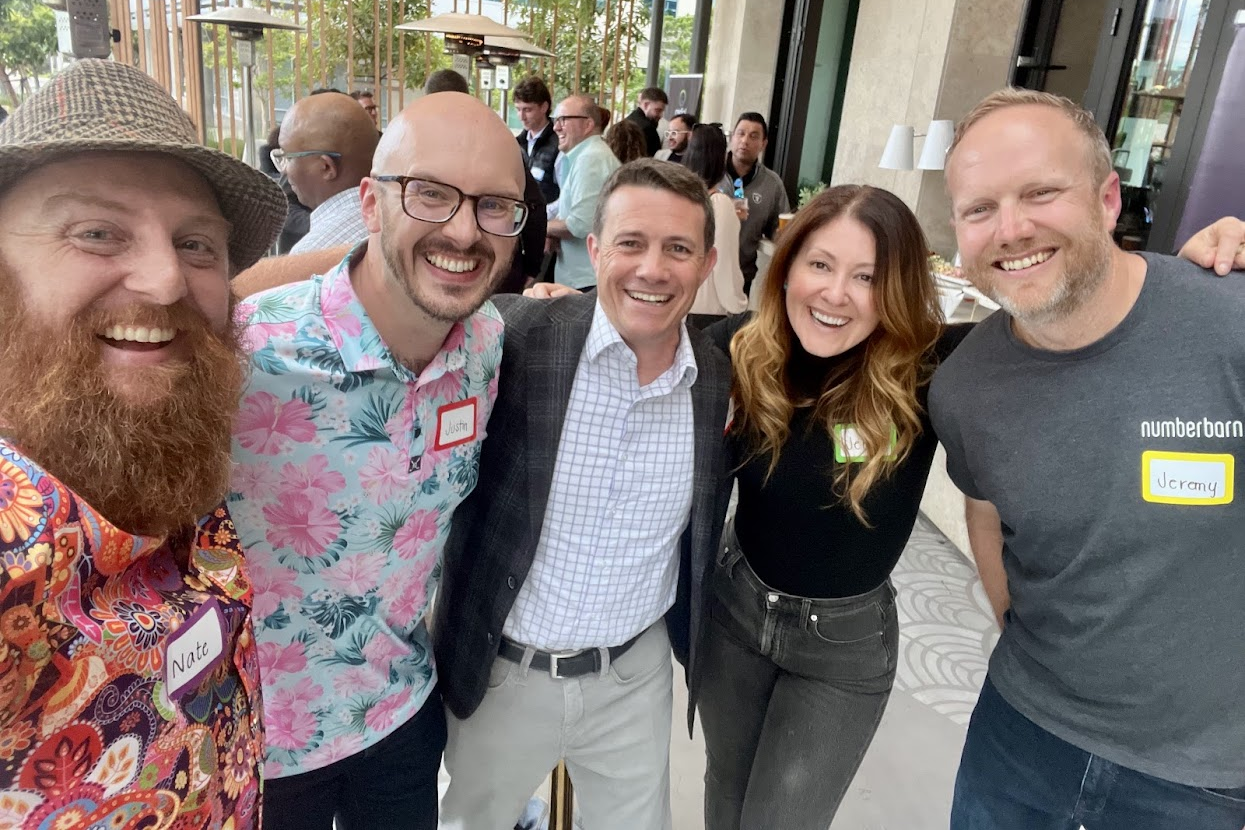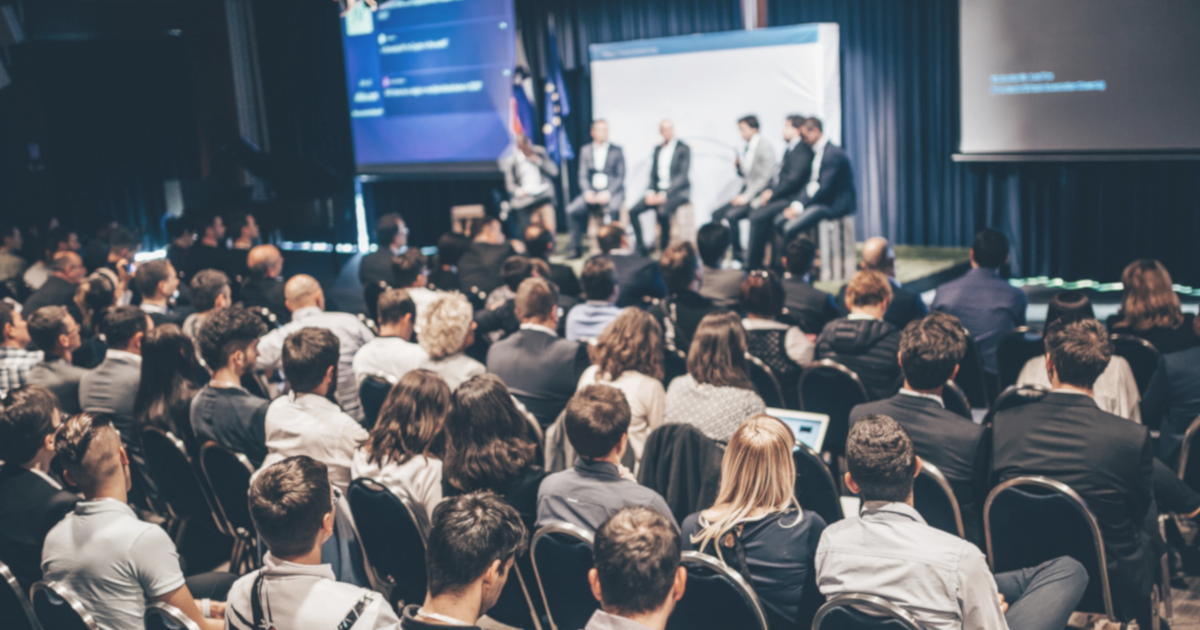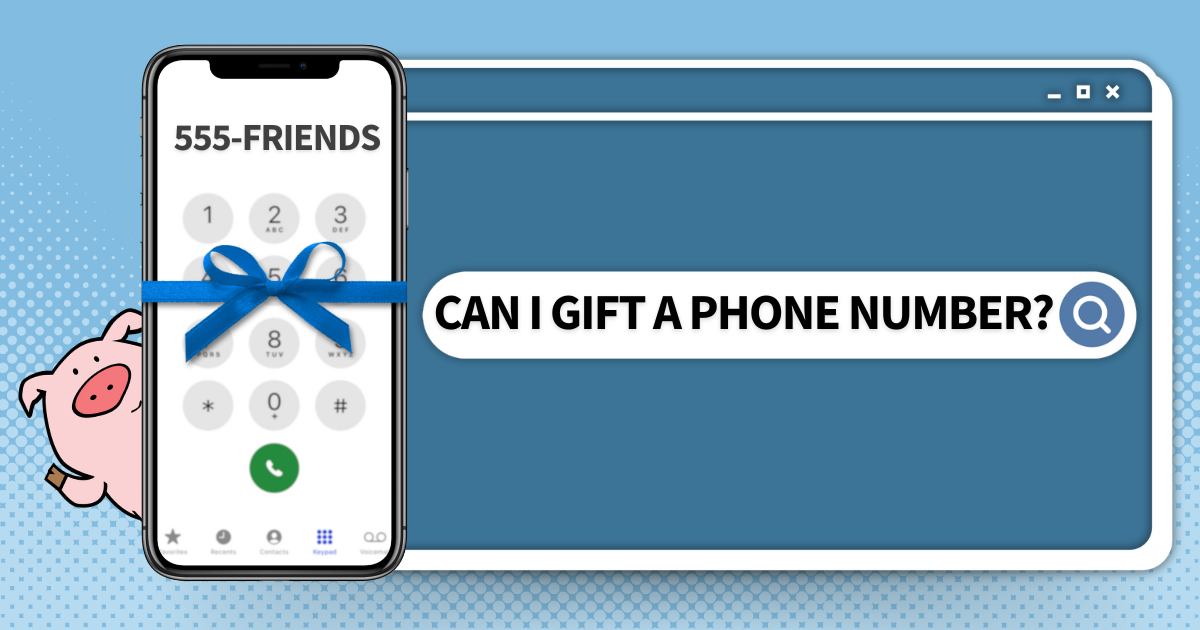When a conference about customer service and customer experience(CX) is hosted in your backyard and a friend offers you a complimentary pass, you attend. And thus I jumped at the opportunity to geek out with customer service and experience experts at the Reuters Customer Service and Experience West 2025 conference on April 29 and 30 at the Hyatt Regency La Jolla.
The two-day conference was packed with keynote addresses, panel discussions, fireside chats, networking with like-minded CX professionals, and conversations with technology vendors. And artificial intelligence (AI) was a theme that dominated much of it.

I left the two days with pages of notes but will spend the remainder of this article sharing my top five takeaways. Let’s dive in.
1. What’s your Signature Moment?
I can still remember the first time I visited a Dairy Queen restaurant with my Grandma and ordered a cookie dough Blizzard. For anyone that has ordered a Blizzard from the DQ, you know what happens next. Before the employee hands you that sweet treat, they turn it upside down for a few seconds to show that they mixed it to perfection.
In a presentation highlighting the customer experience at Dairy Queen, Maria Hokanson, Executive Vice President of Marketing called that Blizzard Flip a “Signature Moment” and I loved that description. As if the Blizzard isn’t enough, the act of flipping it adds a unique flair to the moment and doing this consistently sets the DQ apart from its competition.
What signature moment do you share with your customers?
I think about my favorite tea company, ArborTeas that writes me a handwritten note every time I place an order.
Or Costco that draws a smiley on my receipt any time my kids are shopping with me.
And there’s Chick-fil-A where the employees respond with “My pleasure” any time I say “Thank you.”
At NumberBarn, we’re borderline obsessed with our piggy mascot named Portly, and you’ll find him virtually anywhere and everywhere across all things NumberBarn. Heck, we even sent a stuffed pig to Peaches the Pig who belongs to one of our long-time customers. (We’re proud to say that Peaches carries it everywhere with her.)
These signature moments serve to cement your brand in the minds of your customers (and maybe even their pets).
2. Let ChatGPT analyze what your customers are saying.
I’m a sucker for a good use case for ChatGPT and Chris Daugherty, Director – Guest Experience, Loyalty, and Co-brand at Spirit Airlines shared an excellent one during a panel discussion about getting the most from your voice of customer (VOC) data.
He said that Spirit Airlines receives more than twenty thousand VOC surveys from customers every week which presents an incredible challenge to understand what issues impact the customer experience and how they can improve them. One issue in particular Spirit has faced is a high number of customers sitting in the airplane exit row being unhappy with their experience. While Daugherty and his team had theories they couldn’t figure out the root cause of the dissatisfaction.
Seeking answers, they asked ChatGPT to analyze their VOC data and tell them why customers in exit row seats were unhappy. The results were no less than spectacular. They learned that the process where customers could bid on upgraded seats was splitting up couples making for a less-enjoyable flight experience. With that insight they addressed this issue with a better process and messaging to customers, making it disappear entirely.
This has me thinking about ways we can use ChatGPT to better analyze our VOC data – and no I did not use ChatGPT to write this article.
3. Don’t forget to care for your staff.
The conference wasn’t ALL talk of AI and technology. In a wonderful fireside chat, Renee Rhem, Vice President, Customer Advocacy for Subaru of America, Inc. reminded us that customer support is a difficult job – and getting more difficult. In the aftermath of a global pandemic, the rise of AI and increased polarization and isolation in our society, customer expectations have shifted.
I resonated with this as I’ve personally seen customers escalate to new levels, making it more difficult to de-escalate them and help solve their issues. Rhem went on to share that she’s focusing much more on the mental health of the agents in their contact center. The company partners with Calm, encouraging agents to take 5-10 minutes after a difficult customer interaction to meditate before returning to work. And outside of the office, they use the app to improve the quality of their sleep. What a wonderful benefit to offer employees.
4. More thoughtful outreach throughout the customer journey.
After spending significant time working in customer support, I’m very familiar with chat widgets on websites proactively popping up to ask if I need assistance. From the customer’s perspective, these are often seen as annoying interruptions and from the contact center’s perspective these often unnecessarily inflate customer tickets and chat volume.
That’s why I was cautiously intrigued during a fireside chat between Verint and Vans. In it, Rusteen Haghi, Conversion Rate Optimization Manager at Vans talked about how they’ve used specific triggers on their website to predict and anticipate when a customer’s journey is about to end. Verint helped them create a “Containment Bot,” and with it, they can innovate a variety of ways to keep the customer on the site, encouraging them to place their order.
Doesn’t this sound so much more thoughtful than a chat box that pops up after X number of minutes?
5. Working smarter, not harder, in contact center coaching and training.
I also took the time to circle the showroom floor and hear the pitches from the various folks selling the latest and greatest technology. Sometimes this is a necessary evil, especially given the volume of follow up emails from those same sales people – but this is a great way to stay attuned to what’s out there.
And while I certainly collected my share of SWAG (Stuff We All Get), I also had fascinating conversations, most of which had something to do with AI. There were a couple of themes I found most interesting. First, companies like Laivly and Reddy have innovated solutions where an AI can listen to customer interactions, providing agents with real-time coaching and prompts to ensure customers receive timely and accurate solutions.
And companies like MaestroQA, in addition to the aforementioned, are finding ways to automate contact center quality assurance activities. They’re making it so supervisors can spend more time coaching and training and less time listening to and reading through customer interactions.
As an added bonus, I learned that there are now companies that can augment telephone customer support to automatically eliminate background noise and neutralize accents. This is a game changer for companies looking to outsource customer support to other countries when agents may have strongly accented English.
In his opening keynote, Sean Albertson, Founder at CX on the Rocks remarked that, where major technological innovation previously occurred each century or decade, we’re now in an era where innovation occurs monthly, weekly or daily.
I couldn’t agree more and it was fascinating to hear and see how other customer experience and contact center leaders are using technology to innovate, transform and improve both their customer and employee experience.
Now begins the fun work of implementing some of these takeaways at NumberBarn. More to come on that topic.

